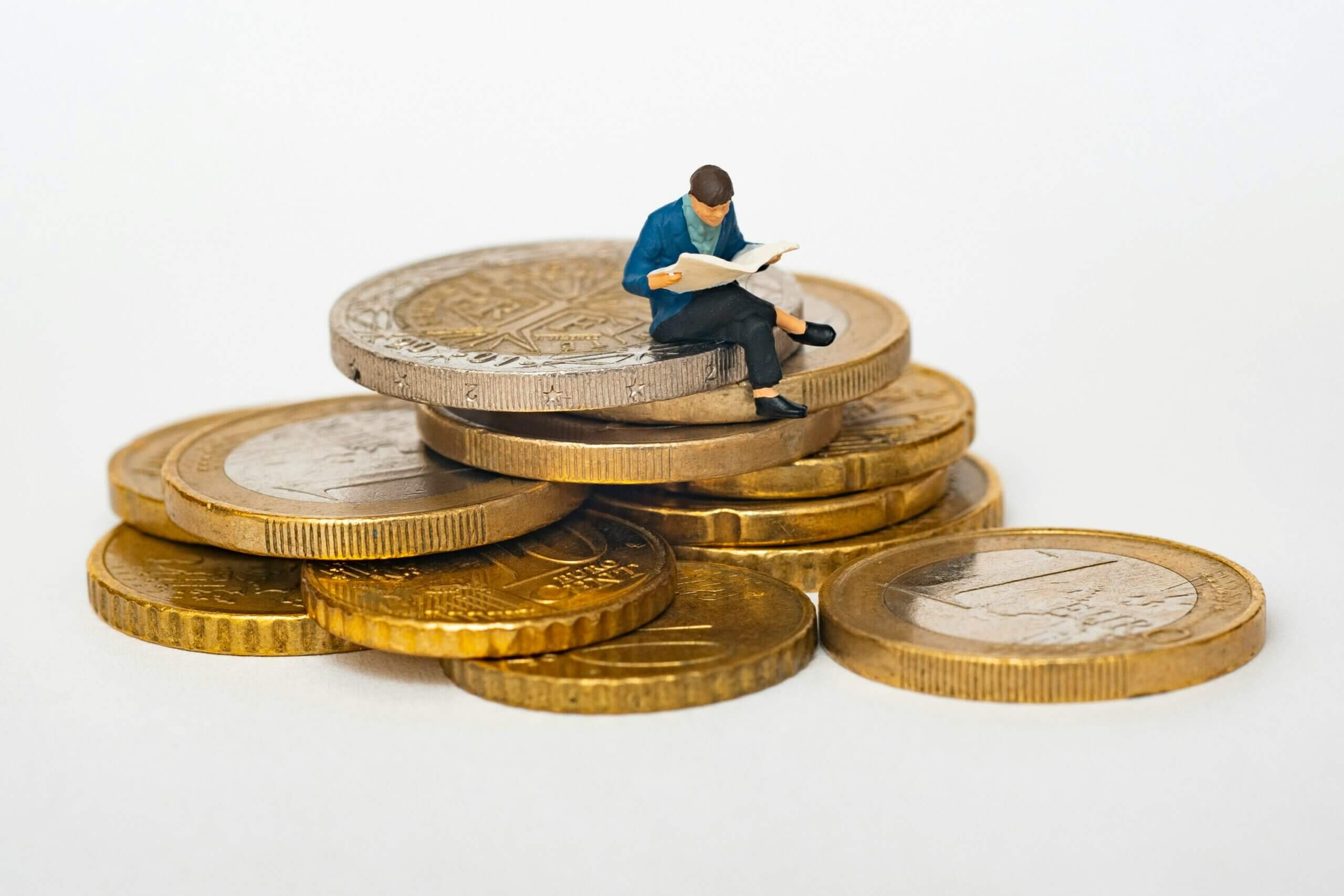In the fast-paced and often stressful world we inhabit, many of us turn to a seemingly soothing remedy: retail therapy. The allure of browsing through stores, making online purchases, and acquiring new items can offer an instant boost of happiness, temporarily pushing aside life’s worries. However, beneath the surface of these spending sprees lies a complex interplay of emotions and financial consequences. In this comprehensive exploration, we’ll delve into the psychology of retail therapy, unearthing how emotional spending affects our finances and overall well-being.
The Allure of Retail Therapy: A Quick Fix for Emotions
At its core, retail therapy is a manifestation of emotional spending. It entails making purchases, often impulsively, in an attempt to alleviate emotional distress. Whether it’s the stress of a long workday, a quarrel with a loved one, or a general sense of unease, shopping provides an immediate and tangible solution. The phenomenon often leads to a “shopping high,” a feeling of euphoria triggered by the act of making a purchase. This high is the result of neurochemical processes in the brain, notably the release of dopamine, a neurotransmitter associated with pleasure and reward. This chemical reaction is what makes retail therapy so alluring, offering a brief escape from the complexities of life.
The Double-Edged Sword: Emotional Spending’s Impact on Finances
But is emotional spending as innocent as it seems? While the occasional indulgence may be harmless, using shopping as a habitual coping mechanism can have significant repercussions on our financial health. The key lies in understanding the emotional spending cycle and its implications.
The Emotional Spending Cycle
The emotional spending cycle often begins with an emotional trigger. It can be a tough day at the office, a disagreement with a family member, or simply a case of the blues. In response to these emotions, one turns to shopping as a coping mechanism. The act of buying provides a momentary escape from worries and imparts a feeling of control over one’s life. This is the initial high, that sense of elation as you click “Add to Cart” or hand over your credit card. For a brief moment, emotional spending seems to work like a charm.
However, this initial high tends to be short-lived. Once the purchase is made and the item arrives, reality sets in. The item you acquired may not be as necessary or as fulfilling as it seemed during the emotional spending spree. Guilt and regret often follow. This remorse is exacerbated when the item purchased wasn’t affordable, and the financial implications become apparent. The emotional spending cycle can then perpetuate itself, often leading to a repetitive pattern of emotional triggers followed by spur-of-the-moment purchases.
The Financial Fallout of Emotional Spending
Understanding the implications of emotional spending on your finances is essential. This pattern can lead to several adverse effects, including the accumulation of debt. Emotional spending, particularly when it involves credit card purchases, can result in mounting debt. Interest on this debt further exacerbates the financial burden.
Additionally, emotional spending often leads to impulse purchases. These are items that might not have been needed or even wanted if not for the emotional impulse. Money spent on these emotional purchases is money that could have been saved or invested, hampering progress toward financial goals. Over time, it can impede your capacity to reach financial milestones, such as saving for retirement or a down payment on a home. The guilt and stress that frequently accompany emotional spending can be substantial sources of financial anxiety. They can cast a long shadow over your overall financial well-being.
Breaking Free from the Cycle: Strategies for Managing Emotional Spending
How then can one manage emotional spending and break free from its cyclical grip? The first step is recognizing emotional spending when it happens. Pay attention to your emotions, and be mindful of when you turn to shopping as a means of coping. Setting a budget can also help. By establishing a budget, you allow for planned and responsible spending while ensuring that you’re on track to meet your savings and financial goals. When the urge to shop strikes, it can be useful to delay the purchase. Give yourself some time to think it over and determine whether the item is a necessity or a want driven by emotion.
Exploring healthier alternatives to manage emotions is another important step. Exercise, meditation, or speaking with a friend or therapist can provide healthier coping mechanisms. Establishing clear financial goals can also help prioritize long-term financial well-being over short-term emotional satisfaction. When you have a clear sense of your financial objectives, it becomes easier to make choices that align with your broader financial plan.
Balancing Emotional Well-Being and Financial Health
In conclusion, the psychology of retail therapy and emotional spending is a multifaceted blend of emotions and finances. While the occasional indulgence can be a harmless pick-me-up, it’s crucial to recognize the potential risks it poses to your financial health when it becomes a habitual coping mechanism. By understanding the emotional spending cycle and adopting strategies to manage it, you can regain control over your finances and work toward a more balanced and financially secure future. The key is finding a harmonious balance between emotional well-being and responsible financial choices.





